Teaching Conflict Resolution Skills in a School Setting
30 January 2025
Conflict is inevitable. Whether it's a minor disagreement or a heated argument, we all experience conflict at some point. Schools, being environments where diverse personalities and perspectives come together, are no exception. But here's the thing: while conflict in itself is not necessarily harmful, unresolved conflict can be. It’s how we handle disputes that makes all the difference. This is where teaching conflict resolution skills in a school setting becomes essential.
Imagine a classroom where students know how to manage disagreements constructively. Instead of escalating into a shouting match or, worse, a physical confrontation, students are equipped to communicate, listen, and compromise. Sounds ideal, right? But how do we get there? Let’s dive into why and how conflict resolution skills should be a fundamental part of any school curriculum.
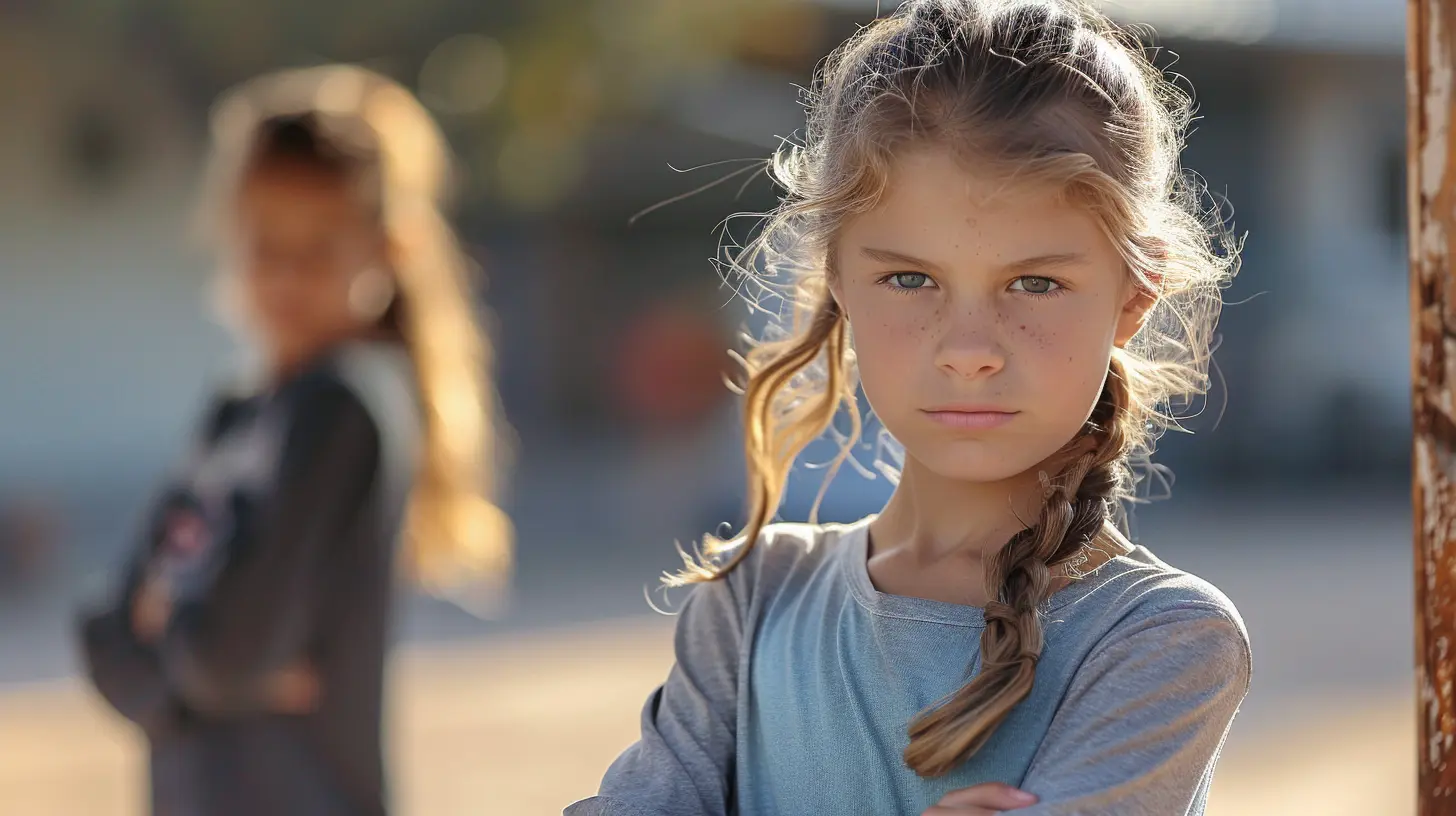
Why Is Conflict Resolution Important in Schools?
We often focus on academic subjects like math, science, and reading, but what about life skills? Conflict resolution is one of those practical, real-world skills that students will use well beyond the classroom. Here's why it's vital:1. Prepares Students for Real-Life Situations
Conflict isn't limited to school grounds. Whether it's disagreements with family, friends, or future coworkers, students will inevitably face conflicts throughout their lives. Teaching them how to handle these situations effectively now will save them a lot of headaches later.2. Promotes a Positive School Environment
When students know how to resolve conflicts, they contribute to a more peaceful and supportive school culture. It reduces bullying, decreases tension, and fosters an environment where students feel safe and valued.3. Develops Emotional Intelligence
Conflict resolution isn't just about solving the problem at hand; it's about understanding emotions—both their own and others'. It teaches empathy, self-regulation, and effective communication, which are all critical components of emotional intelligence.4. Boosts Academic Performance
Believe it or not, when students aren't bogged down by interpersonal conflicts, they can focus better on their studies. A peaceful mind is a more productive mind.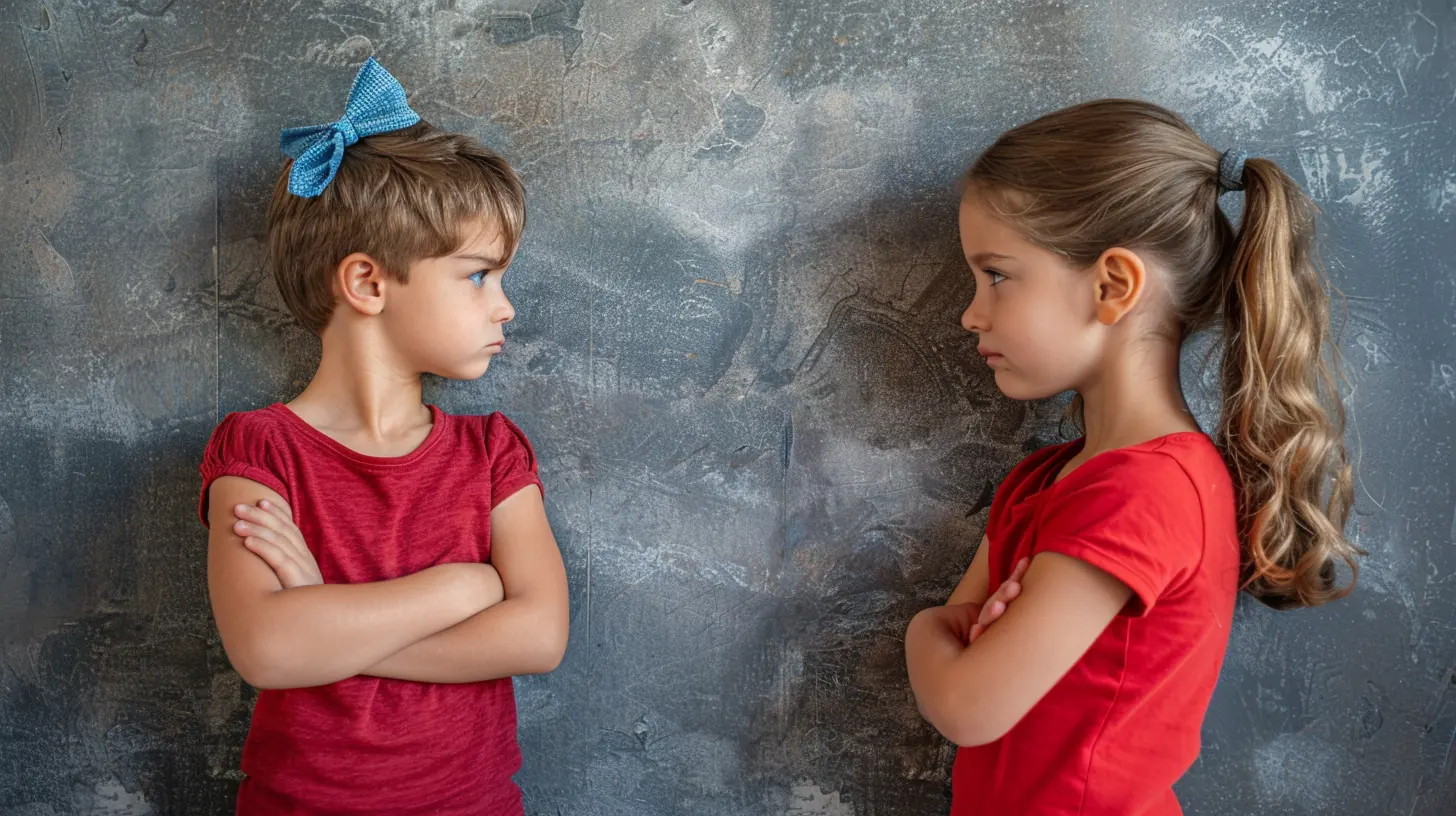
How to Teach Conflict Resolution in Schools
Teaching conflict resolution isn't a one-size-fits-all approach. It's a skill that needs to be nurtured over time, through practice, reflection, and reinforcement. Below are effective strategies for teaching conflict resolution in a school setting:1. Teach Active Listening Skills
One of the biggest barriers to resolving conflict is poor communication, and that often stems from not truly listening. Active listening involves giving full attention to the speaker, understanding their point of view, and responding thoughtfully.For example, in a classroom setting, teachers can have students practice active listening through role-playing exercises. One student shares a concern while the other listens and repeats back what they heard. This simple exercise can significantly improve understanding between conflicting parties.
2. Encourage Empathy
Empathy is the ability to put yourself in someone else's shoes, to see the situation from their perspective. When students develop empathy, they're more likely to seek compromise rather than "winning" the argument.Teachers can encourage empathy by asking students to reflect on how the other person might be feeling during a conflict. You can ask questions like, "How would you feel if you were in their situation?" or "What might they be thinking right now?"
3. Introduce "I" Statements
“I” statements are a great tool to help students express their feelings without blaming the other person. Instead of saying, “You never listen to me,” a student could say, “I feel unheard when you talk over me.” This shifts the focus from accusing to expressing, which can de-escalate the situation quickly.Teachers can model “I” statements and create role-play activities where students practice using them in various conflict scenarios.
4. Teach Problem-Solving Techniques
Effective conflict resolution involves finding solutions that satisfy all parties. This requires problem-solving skills. Teach students to brainstorm solutions together and agree on a course of action. You can use a simple three-step approach:- Identify the problem
- Brainstorm possible solutions
- Agree on a solution and implement it
For example, if two students are arguing over who gets to use the computer, instead of fighting, they can brainstorm solutions like taking turns or using a timer to split the time evenly.
5. Use Role-Playing Activities
Role-playing is a powerful way to teach conflict resolution because it allows students to practice in a controlled, low-stakes environment. By acting out different conflict scenarios, students can test different strategies and see what works best.Teachers can create scenarios based on common school conflicts—like disagreements over group projects, playground disputes, or classroom disruptions—and guide students through the resolution process.
6. Create a Peer Mediation Program
Some schools have successfully implemented peer mediation programs, where trained students help their peers resolve conflicts. This not only empowers students to take responsibility for their actions but also fosters a sense of community and mutual respect.In a peer mediation program, mediators are trained in conflict resolution techniques and act as neutral third parties to help their classmates navigate disputes. This is a great way to ensure that conflict resolution skills are consistently reinforced throughout the school year.
7. Use Visual Aids
Sometimes, abstract concepts like conflict resolution can be hard for younger students to grasp. Visual aids—like posters, charts, and handouts—can break down the steps and make them more digestible.For example, teachers can create a "Conflict Resolution Wheel" that outlines steps like keeping calm, stating the problem, listening to the other person, brainstorming solutions, and agreeing on a resolution. Students can refer to this wheel whenever a conflict arises.
8. Incorporate Reflection and Feedback
After students have resolved a conflict, it’s important to reflect on the process. What worked? What didn’t? What could they do differently next time? Encouraging students to reflect on their conflict resolution experiences helps them internalize the skills they’ve learned.Teachers can facilitate reflection through group discussions, individual journaling, or one-on-one conversations. The goal is to help students develop a deeper understanding of their own conflict resolution style and how they can improve.
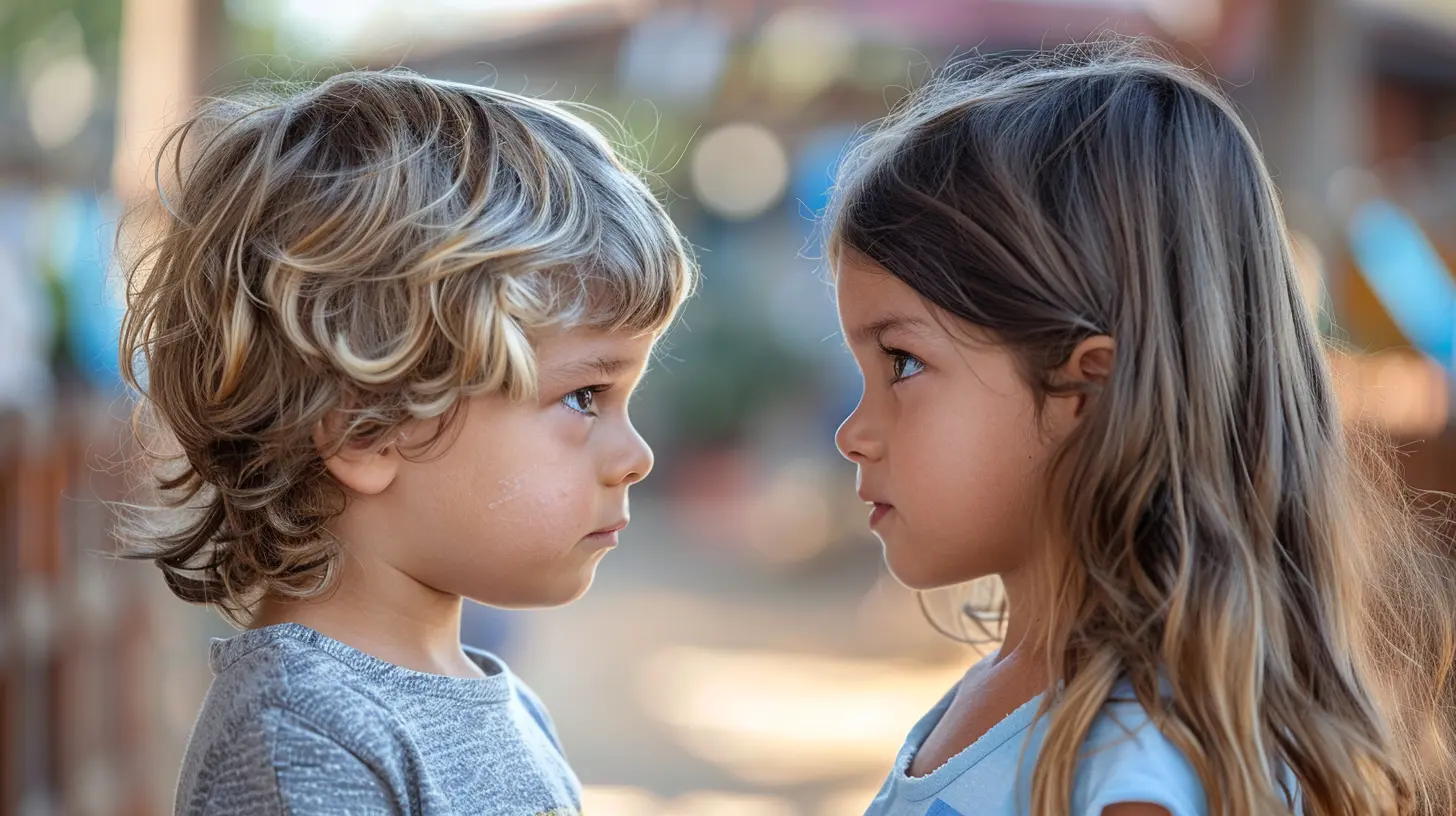
Addressing Common Challenges When Teaching Conflict Resolution
While teaching conflict resolution is incredibly rewarding, it does come with its challenges. But don’t worry—most of these challenges can be overcome with the right approach.1. Students Might Resist
Let's face it—some students might not be interested in learning conflict resolution. They might think it's unnecessary or too "touchy-feely." In these cases, it’s important to frame conflict resolution as a practical life skill that will benefit them in the long run. You can even share real-world examples to highlight its importance.2. Conflicts May Resurface
Sometimes, even after a conflict seems resolved, old wounds reopen. This is normal! Conflict resolution is not always a one-and-done deal. It’s an ongoing process, and students may need multiple attempts to truly resolve deep-seated issues.Teachers can address this by encouraging ongoing dialogue and providing follow-up support when necessary.
3. Time Constraints
With packed schedules and academic requirements, it can be hard to find time for conflict resolution lessons. However, these lessons don’t need to be lengthy. Conflict resolution skills can be incorporated into existing subjects or taught during class meetings and social-emotional learning (SEL) activities.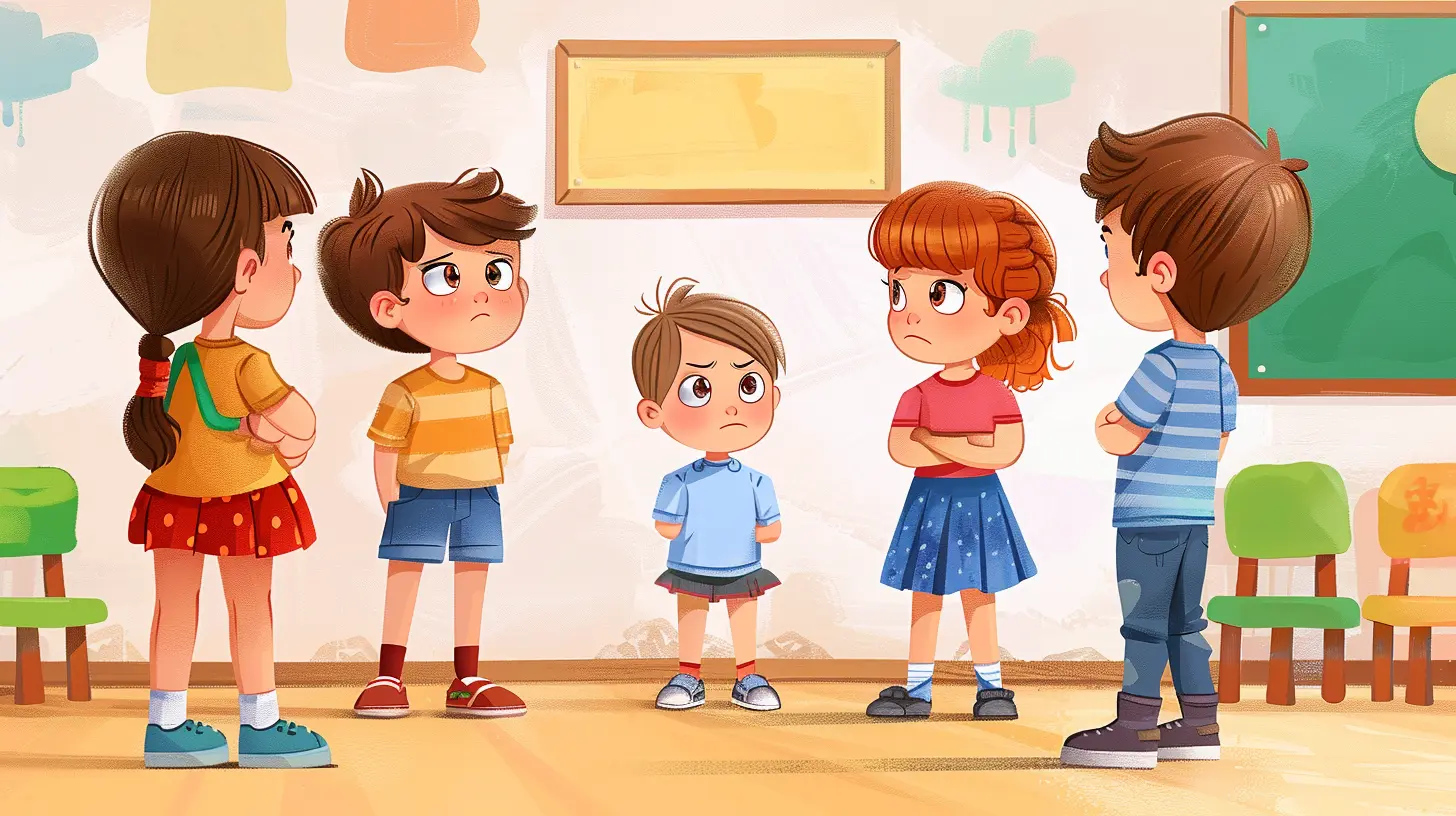
The Long-Term Impact of Teaching Conflict Resolution
When schools prioritize conflict resolution, the benefits extend far beyond the classroom. Students who learn these skills are more likely to become empathetic, emotionally intelligent adults. They’ll be better equipped to handle workplace disputes, navigate personal relationships, and contribute positively to their communities.Moreover, schools that focus on conflict resolution often see a decrease in behavioral issues and an increase in student engagement and academic success. In short, conflict resolution is a win-win for everyone involved.
Conclusion
Teaching conflict resolution skills in a school setting is not just about preventing fights or calming tensions. It’s about equipping students with the tools they need to navigate life successfully. Whether it’s learning to listen, empathize, or problem-solve, these skills will serve students well in every aspect of their lives.By incorporating conflict resolution into the curriculum, schools can create a more harmonious environment, foster emotional intelligence, and prepare students for the challenges they’ll face in the real world. So, the next time a conflict arises in your classroom, don’t see it as a problem—see it as an opportunity for growth and learning.
all images in this post were generated using AI tools
Category:
Social Emotional LearningAuthor:

Olivia Lewis
Discussion
rate this article
18 comments
Emery Phelps
Empower students; equip them with conflict resolution tools!
April 5, 2025 at 2:55 AM

Olivia Lewis
Absolutely! Empowering students with conflict resolution tools fosters essential life skills and promotes a positive school environment.
Ivory Wolf
Teaching conflict resolution in schools is like teaching cats to fetch—possible, but you might end up with more laughs than solutions! Let’s face it, mastering the art of compromise is way easier than explaining why the printer always jams. Bring on the role plays!
February 25, 2025 at 8:52 PM

Olivia Lewis
Absolutely! While it may be challenging, role plays can make learning conflict resolution engaging and effective. With a little creativity, we can equip students with essential skills for life!
London Whitaker
This article offers valuable insights into fostering conflict resolution skills among students. Implementing these strategies can significantly enhance their interpersonal relationships and create a more harmonious school environment.
February 19, 2025 at 8:40 PM

Olivia Lewis
Thank you for your thoughtful comment! I'm glad you found the insights helpful for enhancing student relationships and fostering a positive school environment.
Keira McGarvey
Teaching conflict resolution skills in schools is essential for fostering a harmonious learning environment. By equipping students with these vital tools, we empower them to navigate disagreements constructively, enhancing their interpersonal skills and preparing them for future challenges. Prioritize this in your curriculum today!
February 13, 2025 at 3:34 AM

Olivia Lewis
Thank you for your insightful comment! I completely agree that teaching conflict resolution skills is crucial for creating a positive school environment and preparing students for future interactions.
Danica Bowman
Teaching conflict resolution skills in schools is vital for fostering a positive learning environment. By equipping students with tools to navigate disagreements, we empower them to develop empathy, critical thinking, and effective communication. These skills not only enhance interpersonal relationships but also prepare students for collaborative success in their future endeavors.
February 12, 2025 at 1:04 PM

Olivia Lewis
Thank you for your insightful comment! I completely agree that teaching conflict resolution skills is essential for fostering empathy and enhancing communication among students, ultimately leading to a more collaborative and positive learning environment.
Alanna McVeigh
Teaching conflict resolution is like adding magic to the classroom—turning frowns into smiles and disagreements into friendly high-fives!
February 9, 2025 at 3:28 AM

Olivia Lewis
Absolutely! Conflict resolution transforms challenges into opportunities for growth and connection, creating a positive classroom environment.
Zaylee Reyes
Thank you for this insightful article! Teaching conflict resolution in schools is essential for fostering a positive environment and equipping students with vital life skills.
February 8, 2025 at 8:16 PM

Olivia Lewis
Thank you! I completely agree—conflict resolution skills are crucial for student development and a harmonious school environment.
Garrett Riley
Oh sure, because nothing says "fun recess" like a riveting game of “Let's Talk It Out.” Who wouldn’t want to trade dodgeball for deep discussions on feelings? It's not like kids prefer throwing things over talking, right?
February 8, 2025 at 12:54 PM

Olivia Lewis
I appreciate your perspective! Balancing physical play with conflict resolution can help kids develop important skills while still enjoying their recess time.
Tiffany Gray
Essential skills for students; conflict resolution fosters collaboration, empathy, and a positive school environment.
February 7, 2025 at 4:52 AM

Olivia Lewis
Thank you for your insightful comment! I completely agree that conflict resolution skills are vital for fostering collaboration and empathy among students, ultimately contributing to a positive school environment.
Zacharias McGuire
Conflict resolution skills in schools? Absolutely essential! Because let’s face it: if kids can’t learn to manage disagreements now, they’ll just be adults throwing tantrums over email later. Let’s teach them to resolve, not to escalate. Seriously, it’s a game changer!
February 5, 2025 at 4:58 AM

Olivia Lewis
Thank you for your insightful comment! Teaching conflict resolution skills is indeed vital for nurturing empathetic and effective communicators, both now and in the future. It's a crucial investment in their development.
Carter Newton
This article beautifully highlights the importance of teaching conflict resolution in schools. Equipping students with these essential skills fosters empathy, understanding, and collaboration. By nurturing a peaceful school environment, we empower our future leaders to navigate challenges with grace. Thank you for sharing!
February 4, 2025 at 11:52 AM

Olivia Lewis
Thank you for your thoughtful comment! I completely agree that teaching conflict resolution is vital for fostering empathy and collaboration among students.
Courtney McCoy
Teaching conflict resolution in schools is essential for fostering a collaborative learning environment. However, the effectiveness of these programs often hinges on real-world application and the commitment of educators to model these skills. Integration into the curriculum, rather than standalone sessions, could enhance retention and impact student behavior.
February 3, 2025 at 7:45 PM

Olivia Lewis
I completely agree! Integrating conflict resolution into the curriculum ensures that students can apply these skills in real-life situations, and committed educators play a crucial role in modeling this behavior effectively. Thank you for highlighting these important factors!
Gabriella Gill
Empowering students with conflict resolution skills fosters a harmonious school environment, encouraging empathy and understanding while preparing them for life's challenges.
February 2, 2025 at 7:34 PM

Olivia Lewis
Absolutely! By equipping students with conflict resolution skills, we not only enhance their empathy and understanding but also prepare them to navigate challenges both in school and beyond.
Gabriella Sharp
Empower students with conflict resolution skills; it's essential for a harmonious learning environment.
February 2, 2025 at 12:03 PM

Olivia Lewis
Thank you for your insightful comment! Empowering students with conflict resolution skills truly fosters a harmonious learning environment and equips them for future challenges.
Calder Ramirez
This article highlights the importance of teaching conflict resolution skills in schools. Equipping students with these tools fosters a more harmonious environment and prepares them for future interpersonal challenges.
February 2, 2025 at 4:02 AM

Olivia Lewis
Thank you for your insightful comment! I completely agree that teaching conflict resolution skills not only enhances school harmony but also prepares students for real-world challenges.
Zephyrwind McTiernan
In the quiet corners of every classroom lies untold stories of conflict. What if the key to unlocking harmony isn't just in resolution, but in the art of listening? Discover the hidden power behind every unresolved tension.
February 1, 2025 at 2:04 PM

Olivia Lewis
Thank you for highlighting the importance of listening! It's indeed a crucial element in conflict resolution that can foster understanding and harmony in classrooms.
Vivian McKinney
Turning classroom squabbles into peace treaties! With a sprinkle of fun, teaching conflict resolution can transform chaos into camaraderie. Let the harmony begin!
February 1, 2025 at 3:56 AM

Olivia Lewis
Thank you! Emphasizing fun in conflict resolution not only fosters understanding but also builds lasting friendships among students. Let’s keep promoting harmony in the classroom!
Candace Acevedo
Teaching conflict resolution in schools equips students with essential life skills, promoting empathy, communication, and critical thinking. This proactive approach fosters a positive school environment and prepares students for future interpersonal challenges.
January 31, 2025 at 11:40 AM

Olivia Lewis
Thank you! I completely agree—teaching conflict resolution not only enhances essential life skills but also cultivates a supportive school culture, ultimately benefiting students in their future interactions.
MORE POSTS
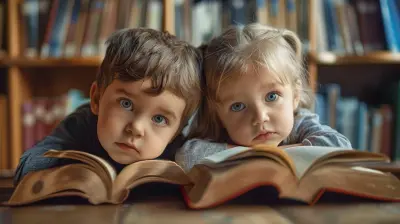
Teaching Children the Value of Responsibility

How to Integrate 3D Printing into STEM Projects

How Mobile Learning is Changing the Classroom Dynamic

What High School Juniors Should Be Doing to Prepare for College

The Role of Learning Styles in Test-Taking Strategies

The Role of Quantum Computing in the Future of STEM Education
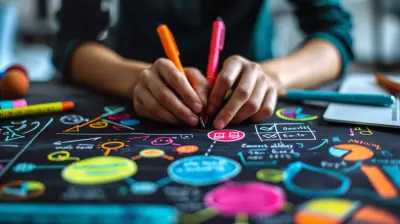
The Role of Concept Mapping in Test Preparation

Financial Aid Tips: Demystifying the FAFSA

Learning from Anywhere: The Rise of Remote and Hybrid Education
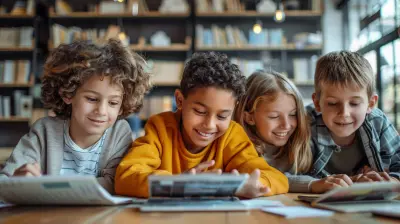
How Learning Management Systems are Personalizing Education
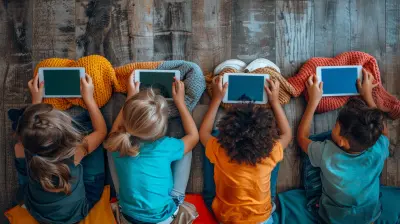
Tech-Savvy Tips for Managing a Paperless Classroom"